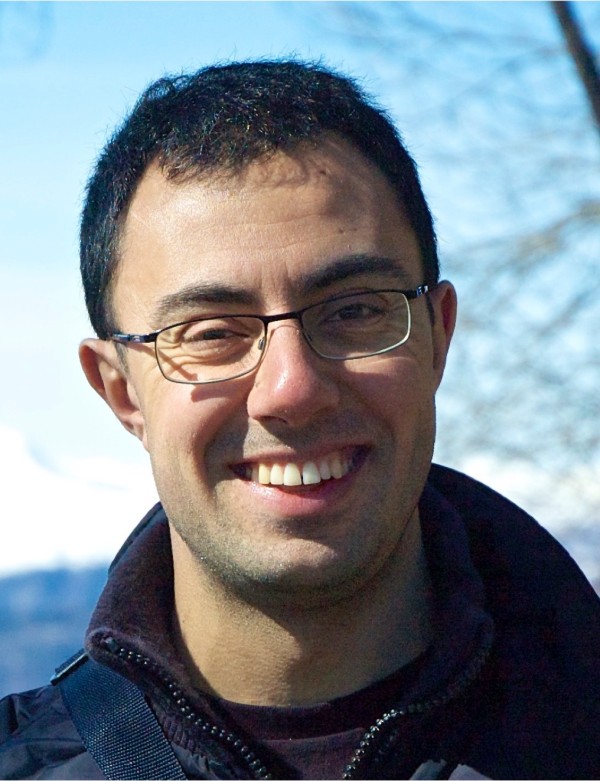In-service diagnostics of the catenary/pantograph and wheelset axle systems through intelligent algorithms
Mobility Initiative Project
Continual use and exposure to rough environments weaken critical components of railway assets exposing them to possible failures. This can adversely impact vehicle components, for instance in case of faults on the interacting catenary/pantograph system, or may compromise safety, if faults occur in components of the main-frame of the vehicle, such as the wheelset axle. In the former case, the difficultly lies in understanding the dynamics of the highly interactive vehicle/catenary system. In the second case, damage may initiate as a small crack, which can slowly grow due to fatigue and lead to failure. To timely detect damage, predict deterioration and assure safety, current railway vehicles are subjected to regular checks, which imply significant downtime, decrease in availability and an increase in operational costs.
SENTINEL aims at developing diagnostic techniques to be applied in operation, for assessing the state of two key vehicle components, namely the pantograph/catenary system and the wheelset axle. For the pantograph, the strategy deploys heterogeneous sensing relying on coupling of vibration and optical sensing schemes. Fusion is accomplished via machine learning algorithms that learn to transfer information between modalities and remain invariant towards different environmental conditions. For the bogie wheelset axle, the acquired data, constituted by accelerations and strains, will be paired with a reduced order model, i.e., with a computationally fast approximation of a high-fidelity numerical model, to predict the response of the component in presence of a crack of arbitrary shape and position. The close-to-real-time predictive capabilities of the reduced order model allows for fusion with sensor data - in operation - and leads to early detection of possible faults. The project will deliver significant improvements in the availability and safety of the railroad system, whilst reducing the direct consequential costs of restoration and the indirect costs of operational failure.
Inst. f. Baustatik u. Konstruktion
Stefano-Franscini-Platz 5
8093
Zürich
Switzerland

EPF Lausanne
Intelligent Maintenance and Operations Systems

Chair in Nonlinear Dynamics
Leonhardstrasse 21
8092
Zürich
Switzerland

Partner
- SBB AG
- Siemens Mobility AG
- ProRail - NL
Roadmap
10.2021 – 09.2024 (36 months)
